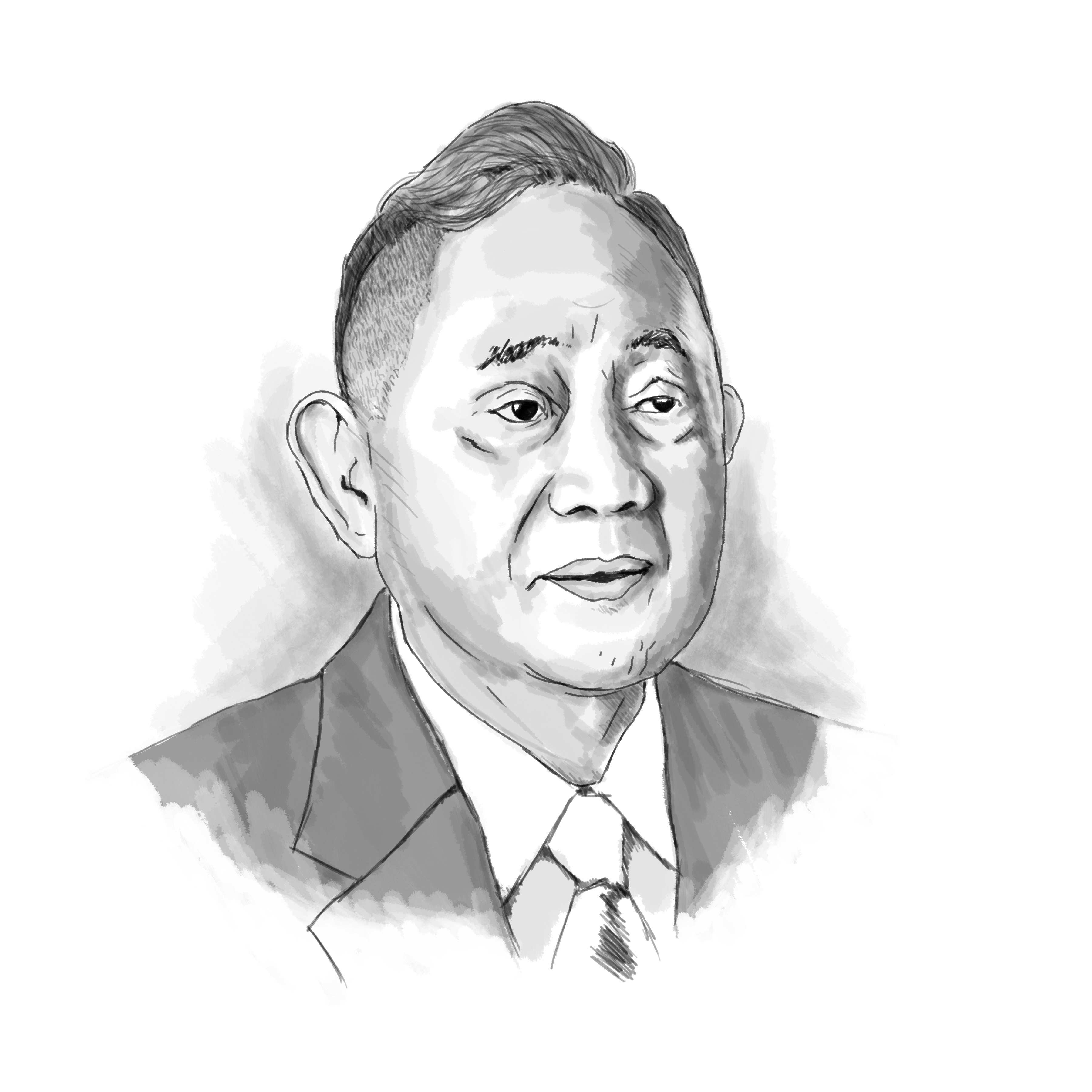PEACE-MAKER

Our home-province Pangasinan commemorated its 444th foundation day or Agew na Pangasinan (Pangasinan Day) last April 5.
Located in northwestern Luzon, Pangasinan is bordered by La Union on the north; Benguet and Nueva Vizcaya on the northeast; Nueva Ecija on the southeast; Zambales and Tarlac on the south; and the West Philippine Sea/South China Sea on the west. It also encloses Lingayen Gulf.
Named after the word “asin” (salt), owing to its abundant salt beds, Pangasinan has witnessed centuries of cultural exchange, economic growth, and societal transformation.
Pangasinan’s founding anniversary serves as a reminder of the province’s pivotal role in Philippine history. As one of the oldest provinces in the country, it has played an important role in shaping the nation’s identity and development. From being a center of trade and commerce during pre-colonial times to its participation in the struggle for independence, its historical significance cannot be understated.
History tells us that pre-hispanic Pangasinan was the center of trade for East Asia. When the Spaniards occupied the Philippines, they made Dagupan and Lingayen the centers of Spanish governance and culture in northern Luzon. Tobacco from Pangasinan and the Cagayan Valley was shipped to Manila via Dagupan, Lingayen and Urdaneta, allowing the three towns suddenly to enjoy prosperity and social status.
The building of the Ferrocaril de Manila-Dagupan in 1891 by the Manila Railway Company hastened the transportation of goods and people from Manila and vice versa which bolstered Pangasinan’s economic growth. This paved the way for economic prosperity and for Pangasinenses to pursue liberal studies in Manila and in foreign countries. Ironically for the Spanish colonial government, the railway played a significant role in the success of the 1896 Philippine Revolution.
Pangasinan – the third vote-rich province in the Philippines, with more than two million registered voters – has a rich tradition of producing notable leaders who have played significant roles in shaping the nation’s history and governance. From influential political figures to esteemed military leaders to national artists, Pangasinenses have left an indelible mark on Philippine society.
Some of the remarkable national leaders who hail from Pangasinan are President Fidel V. Ramos, his sister, Senator Leticia Ramos-Shahani, and their father, Foreign Affairs Secretary Narciso Ramos, who was one of the founding fathers of the Association of Southeast Asian Nations (ASEAN); Speaker Eugenio Perez, last Speaker of Commonwealth and first Speaker of the Philippine Republic; Geronima Pecson, first woman senator of the Philippines; Supreme Court Chief Justice Manuel Moran; senators Teofilo Sison, Cipriano Primicias Sr., and Ambrosio Padilla; national artists Victorio Edades, Salvador Bernal, and F. Sionil Jose. The list goes on.
Pangasinan is also a place of diverse heritage and culture and rich natural resources that are best highlighted by vibrant festivals celebrated by the different localities, such as the Pistay Dayat (Sea Festival) and the Pista’y Kapistaan (Cowboy Festival), which highlight the province’s agricultural prowess and maritime traditions, and the Bangus (Milkfish) Festival, an annual food and culture celebration which promotes Dagupan City’s Bangus industry.
Dagupeños, together with thousands of local and foreign tourists, flock to Dagupan City’s central business district during April 30 for the grilling of thousands of Bangus, known as Kalutan ed Dalan (grilling on the street), which is the highpoint of the Bangus Festival.
Our province is the top producer of Bangus in the Philippines. In 2023, it contributed some 139,000 metric tons of milkfish, or 39 percent of our country’s total production and accounting for 52 percent of our country’s milkfish trade. For its part, Dagupan City produces an estimated 16,000 tons of milkfish annually. Indeed, the Bangus Dagupan is “the juiciest and tastiest” in the world.
As the province looks ahead to its future, we Pangasinenses must preserve our rich natural resources, promote inclusive growth, cherish our diversity, and safeguard our cultural heritage for generations to come.